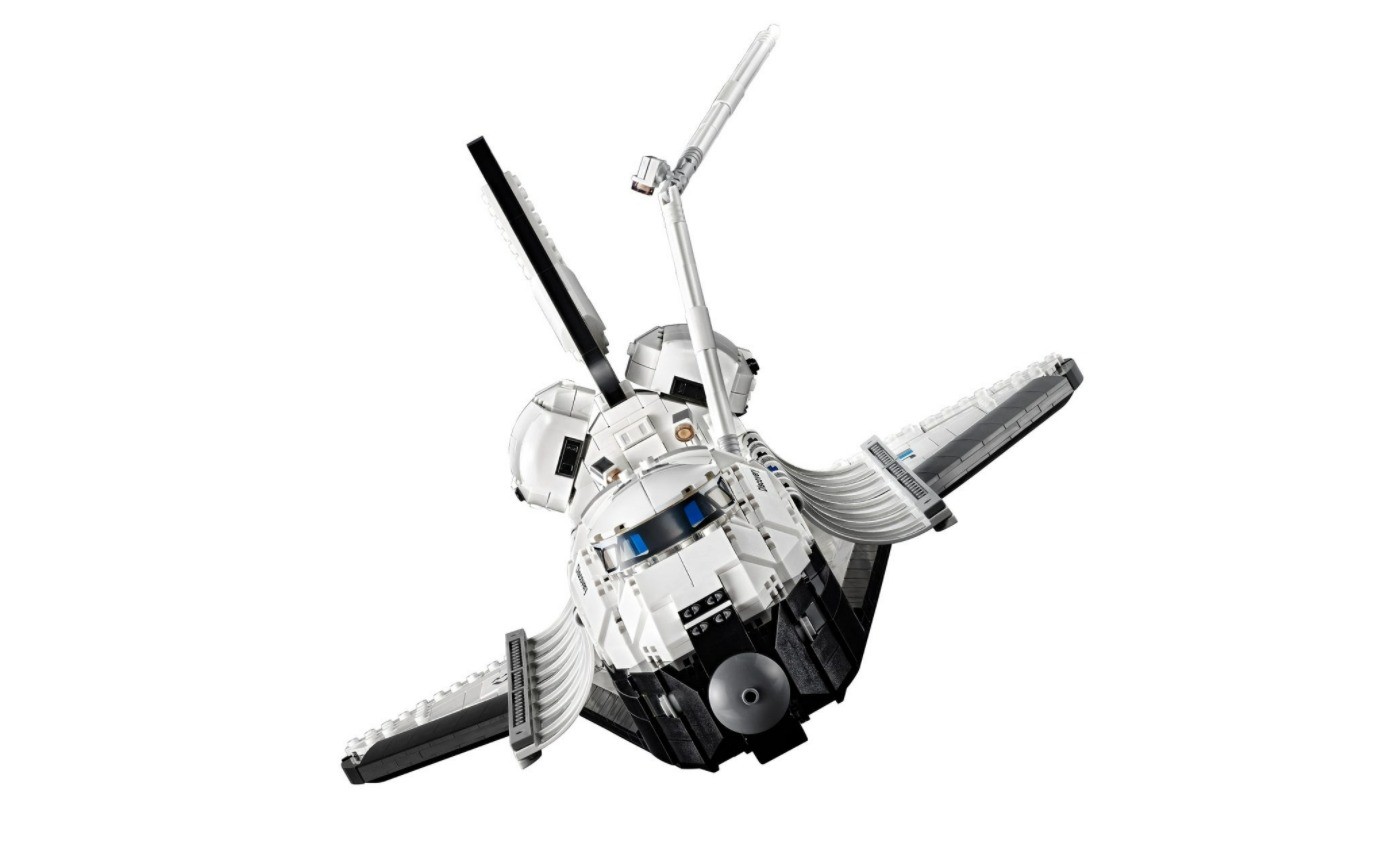

Pam Melroy, who was inducted into the Hall of Fame alongside Scott Kelly in 2021 and who today serves as NASA's deputy administrator, introduced Kelly for induction.

(Image credit: Kennedy Space Center Visitor Complex)įive of Kelly's former crewmates, including Mike Fossum and Ron Garan who flew with Kelly twice, were among the more than 30 astronauts attending Saturday's ceremony. Senator Mark Kelly speaks at his induction into the Astronaut Hall of Fame at Kennedy Space Center Visitor Complex. Kelly logged 54 days and two hours in space, flying on Endeavour's STS-108 and STS-134 missions in 20, respectively, and on Discovery's STS-121 and STS-124 flights in 20. "When we added AMS, it was considered assembly complete of the International Space Station, so I was the commander of the flight that finished off the space station," Kelly said. "I was also the last to command space shuttle Endeavour I was the commander of the mission that brought up the Japanese laboratory, which I think was the heaviest or one of the heaviest things ever flown on the orbiter and I commanded the mission that launched the $2 billion Alpha Magnetic Spectrometer, which i think was the most valuable thing launched to the space station." "There aren't a lot of people that have made four trips to the space stations," said Kelly. Senate and only the second sitting senator to be enshrined in the Hall of Fame after founding-member John Glenn. Kelly is only the third astronaut to be elected to the U.S. Kelly noted that his role as Senator may have played some role in his selection, too, but felt it was likely more about his accomplishments in space. (Image credit: Kennedy Space Center Vistor Complex) Astronaut Hall of Fame at Kennedy Space Center Visitor Complex on May 6, 2023. Air Force) and STS-51F pilot speaks at his induction into the U.S. "I just didn't know whether or not they would consider those in their deliberations. "I didn't know how much weight they would put on my leadership activities, running large organizations," said Bridges of the Hall of Fame nominations committee, a blue ribbon panel of inductees, retired flight controllers, historians and journalists overseen by the Astronaut Scholarship Foundation.

After retiring from the Air Force, Bridges returned to NASA, serving as Kennedy Space Center director from 1997 to 2003 and then the director of Langley Research Center in Virginia from 2003 to 2005.
#Lego nasa space shuttle series
Still, the crew carried out the flight's objectives successfully.įollowing the loss of space shuttle Challenger in 1986, the Air Force reassigned Bridges to the first in a series of leadership roles, including heading the largest test wing at Edwards Air Force Base in California, commanding the Eastern Space and Missile Center at Patrick Air Force Base in Florida and helming the Air Force Flight Test Center back at Edwards. Challenger made it safely into space but entered a lower-than-planned orbital altitude. As pilot, it was up to Bridges and commander Gordon Fullerton to execute the only abort to orbit in the shuttle program's history after one of the orbiter's three main engines prematurely cutoff. "I thought the time had passed when I would be considered because I retired from NASA in 2005 and I only had the one spaceflight because of the Challenger mishap and getting recalled to the Air Force," said Bridges.Ī self-described "Improbable Astronaut" (the title of his autobiography) due to his upbringing in rural Georgia, Bridges' first and only launch was on the eighth flight of the space shuttle Challenger, STS-51F, in July 1985. (Image credit: Kennedy Space Center Visitor Complex)īridges and Kelly spoke separately with with about their entrance into the Astronaut Hall of Fame. Roy Bridges (at left) and Senator Mark Kelly wave and pose with their plaques that will hang in the Astronaut Hall of Fame, part of the Heroes & Legends attraction at Kennedy Space Center Visitor Complex, on Saturday, May 6, 2023.


 0 kommentar(er)
0 kommentar(er)
